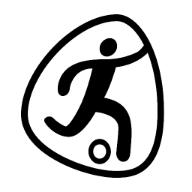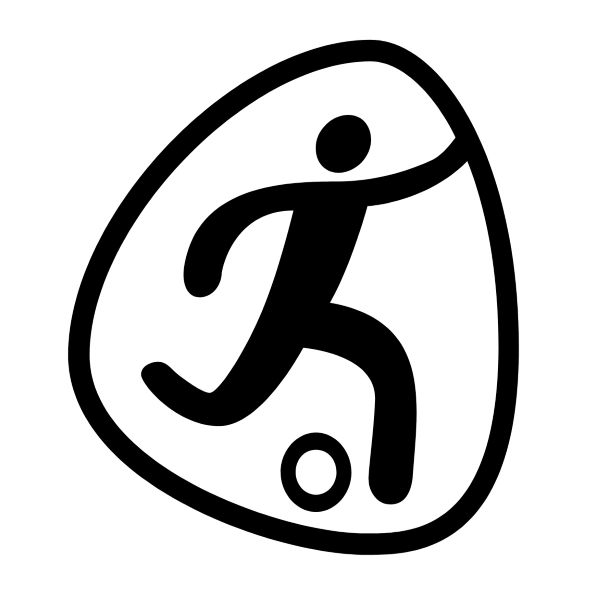Athletic’s build-up to Saturday’s derby with Real Sociedad has shifted from recovery to readiness, as Ernesto Valverde fine-tunes a plan to flip the mood after the setback against Getafe.
The staff’s message at Lezama was clear: control emotions, raise intensity without losing structure, and be ruthless in both boxes. A derby is rarely about pretty patterns, and this one arrives as a chance to reset the league trajectory in front of a crowd that will demand a response.
The session began with a brief scare when Nico Williams and Aymeric Laporte were not initially on the grass. Both rejoined the main group shortly afterward. Nico received treatment for discomfort but completed pitch work with controlled accelerations and cutting drills, a sign that his load is being managed rather than curtailed. Laporte, meanwhile, stepped through a full set of defensive movements and aerial work. The club had previously explained that he sustained a sprain to the external ligament complex of his left ankle. The absence of reactive swelling and his ability to tolerate directional changes indicate that stability has returned. The medical and performance teams will still apply a risk-managed progression, but all signs point to availability for the derby.
There are confirmed absences that shape Valverde’s options. Maroan Sannadi requires surgery and will not feature. Iñaki Williams and Iñigo Lekue are also out for the visit of the San Sebastián side. Losing Iñaki removes a direct runner who stretches back lines, which in turn changes the geometry of Athletic’s attack. Without him, the team must manufacture depth through timed midfield surges or the wide player on the far side arriving at the back post. Lekue’s absence narrows the full-back rotation, making the balance between overlapping and rest defense even more important.
In possession, expect Athletic to oscillate between a three-plus-two build and a more classic back four, depending on Real Sociedad’s press. If Sergio Francisco’s side commit to a high squeeze, Athletic can bait the first line and then look to hit the half-spaces behind the full-backs. The left corridor becomes pivotal if Nico starts. His combination play with the advanced midfielder and the overlapping full-back can create the chain reactions that Athletic rely on: fix, release, and attack the gap. On the right, the emphasis may tilt toward consolidation and crosses from deeper zones, using the striker’s near-post runs to manipulate center-backs.
Laporte’s likely inclusion adds calm to first-phase circulation. His diagonal passing can switch pressure rapidly and reset attacks without losing field position. Just as important is his command on set pieces at both ends. Athletic’s dead balls are often a lever in tight derbies. With Iñaki absent, the delivery targets change, placing greater onus on Laporte, the other center-back, and late-arriving midfielders to attack zones rather than solely contest individual duels.
Out of possession, Valverde will ask for compactness between lines and quick counters triggered by regains near the touchline. Real Sociedad build with patience, inviting pressure and looking for third-man runs to break a line. To blunt that, Athletic need synchronized jumps from the wingers onto the full-backs, while the midfield screen protects the central lane. If the hosts can funnel play wide and win the first duel, transitions can become a weapon. The first two passes after the regain will decide whether counters stick or stall.
With Iñaki out, the center-forward brief may be shared. One profile pins and occupies, enabling knockdowns for arriving midfielders. Another profile drops to connect and draws a center-back out, creating space for a winger to attack the seam. The bench will matter. Valverde can alter the picture on the hour by introducing fresh speed or by shifting to a dual-striker look to attack crosses if game state demands more penalty-area presence.
Psychologically, the derby offers a clean slate. Recent results have compressed margins, but a single performance that leans into intensity, control, and clarity in set-piece execution can reset momentum. Training indicators suggest an emphasis on repetition of final-third patterns: wide overloads to create a free man, low cut-backs to the penalty spot, and near-post flashes to disrupt defensive lines. Defensively, the messaging centers on concentration in the five seconds after possession is lost, when Real Sociedad are most dangerous with immediate vertical punches.
As for Real Sociedad, Sergio Francisco’s group will arrive confident in their rhythm and ball progression. The duel within the duel will be in midfield, where second balls and body orientation upon reception will dictate who can impose tempo. If Athletic can win those micro-battles and deny clean facing-the-goal receptions between the lines, the derby will lean toward the hosts’ preferred dynamic: direct, territorial, and emotionally charged, but controlled.
Projected talking points by kickoff include Laporte’s readiness, Nico’s managed workload, and which attacking profile Valverde trusts to anchor the line in Iñaki’s absence. Regardless of selection, the path to three points is familiar: keep distances short, be brutal in transitions, and make set pieces count. The derby seldom offers many clear chances. The side that turns half-chances into goals, and loose balls into territory, will take the night.


